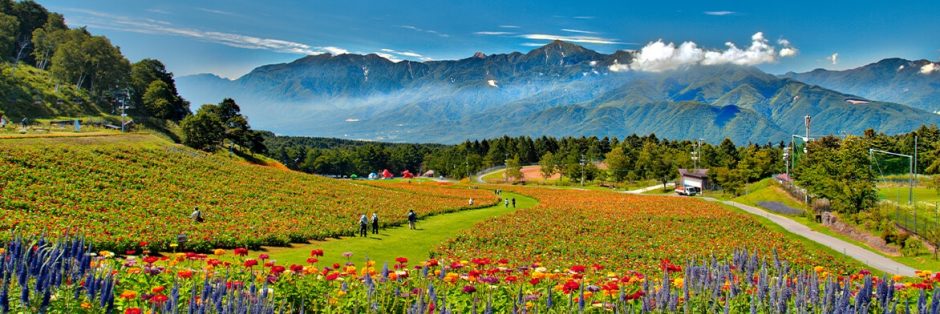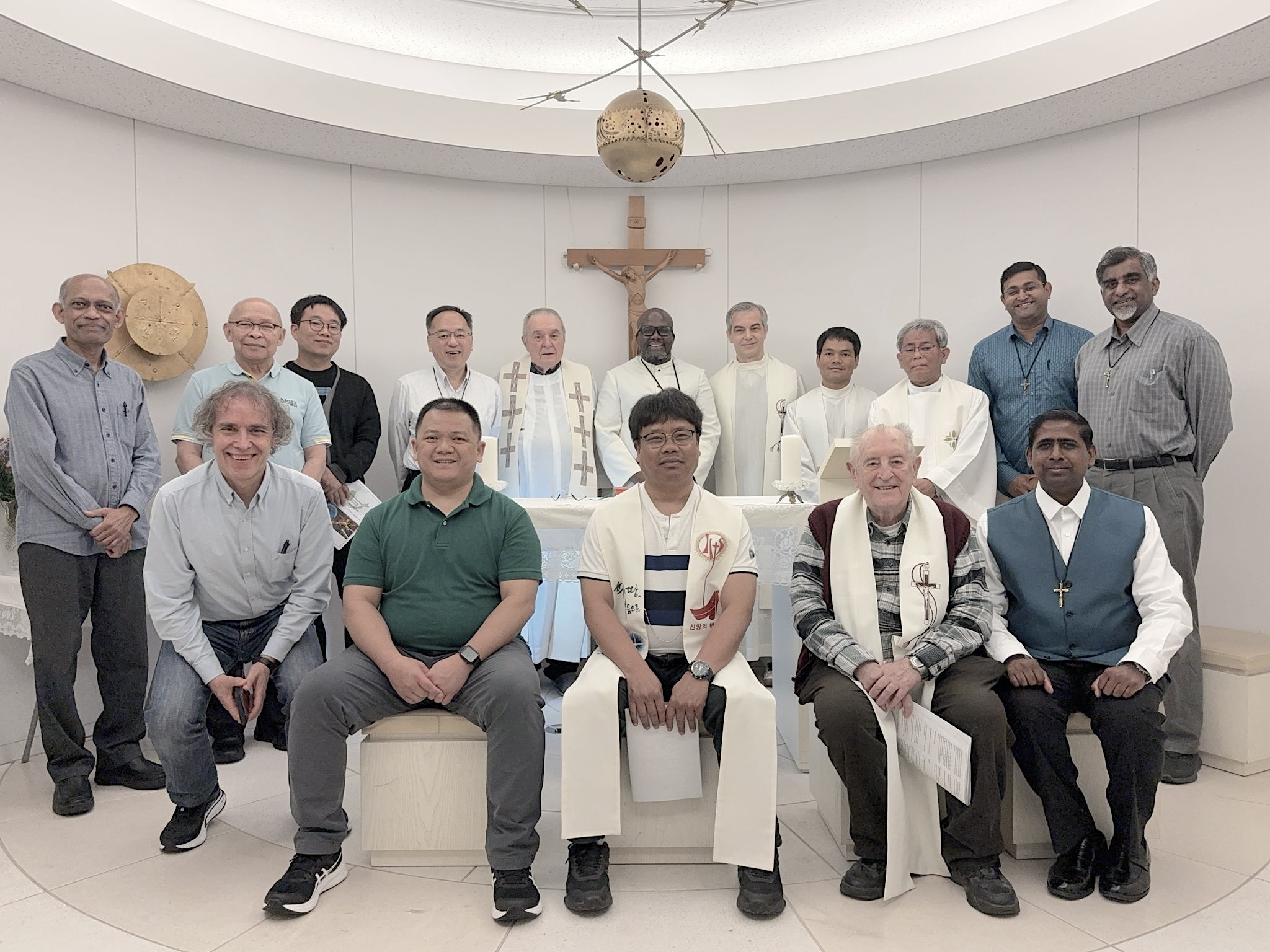Brad Rozairo, OMI – Holy Week on the liturgical calendar is a hectic time for priests. Spending these important days with small pockets of people in the countryside has made me reflect on my vocation and missionary life. On Maundy Thursday (April 17, 2025), as I spent some quiet time in a rural area, I recalled my thoughts, feelings and experiences, and decided to put them into words.
In 2009, I was in Nakamura, on the island of Shikoku, to help a Christian community. This small mission station, begun by the Oblates, is surrounded by beautiful greenery, rivers and mountains. Most of the faithful who come to church are Filipino women married to Japanese. On Sundays, the liturgy is celebrated in Japanese and English, and so it is during the Holy Week too. Since the Nakamura mission has a very small number of older Japanese, it cannot survive without the active participation of women from the Philippines!
In 2019, the Auxiliary Bishop of Osaka approached me with a request to help a small Christian community in Sumoto, on the island of Awaji. This mission station with a picturesque scenery was founded by the missionaries of the Paris Foreign Missions Society (MEP), who played a crucial role in establishing churches. The faithful in Sumoto are mostly Japanese, and they take care of the church. During my short stay, they took good care of me, too.
This year, the Bishop of Fukuoka extended an invitation to help a group of faithful in need of a priest for the Holy Week liturgy. I accepted his offer and travelled to Yobuko, a countryside mission in the northern tip of Japan’s Kyushu island. The church, built in 1929, sits amidst the natural beauty of nature and has a handful of older Catholics.
In the past, I had worked in big cities like Osaka and Kobe, but going into the countryside missions for the liturgical services has made me reflect on the faith of the older Japanese Christians and how they have been living it in their little ways. Unlike in big cities, in the rural areas of Japan, life is lived at a slower pace, and the people you meet are simple, and so it is with their faith, too. For example, the Kyushu island is a significant centre for Catholicism in Japan, and particularly, the Nagasaki region has a history of early Christian influence. During the time of the persecution, many practised their faith in secret, and that seed of faith has been handed over from generation to generation. I have experienced this by listening to people living especially in the rural areas of Kyushu and how they pray and participate in the liturgy, church activities, etc.
Sometimes, as missionaries, we may think that our work is to increase the number of Christians by baptising them. But the seed has already been planted even before we were sent on missions. Our task is to nurture what that seed has produced while praying to God for its growth. We should not forget that the focus is not on the missionary, but rather, on the creator God who causes the growth and brings about spiritual fruit.
Every time I go into a new mission, mainly for religious activities has helped me reflect on my faith and vocation as a priest and religious. It has also enabled me to look back on my childhood experience of growing up in a religious environment back in Sri Lanka. Getting to know some simple and ordinary people, mainly in rural areas, has shaped my way of life. Missions in the countryside create a homely atmosphere that makes you relax and enjoy fellowship with people. This past Holy Week, I was happy to have spent some time with a small group of people and to have taken care of their spiritual needs. It is exciting to think about my next Holy Week and Easter!


